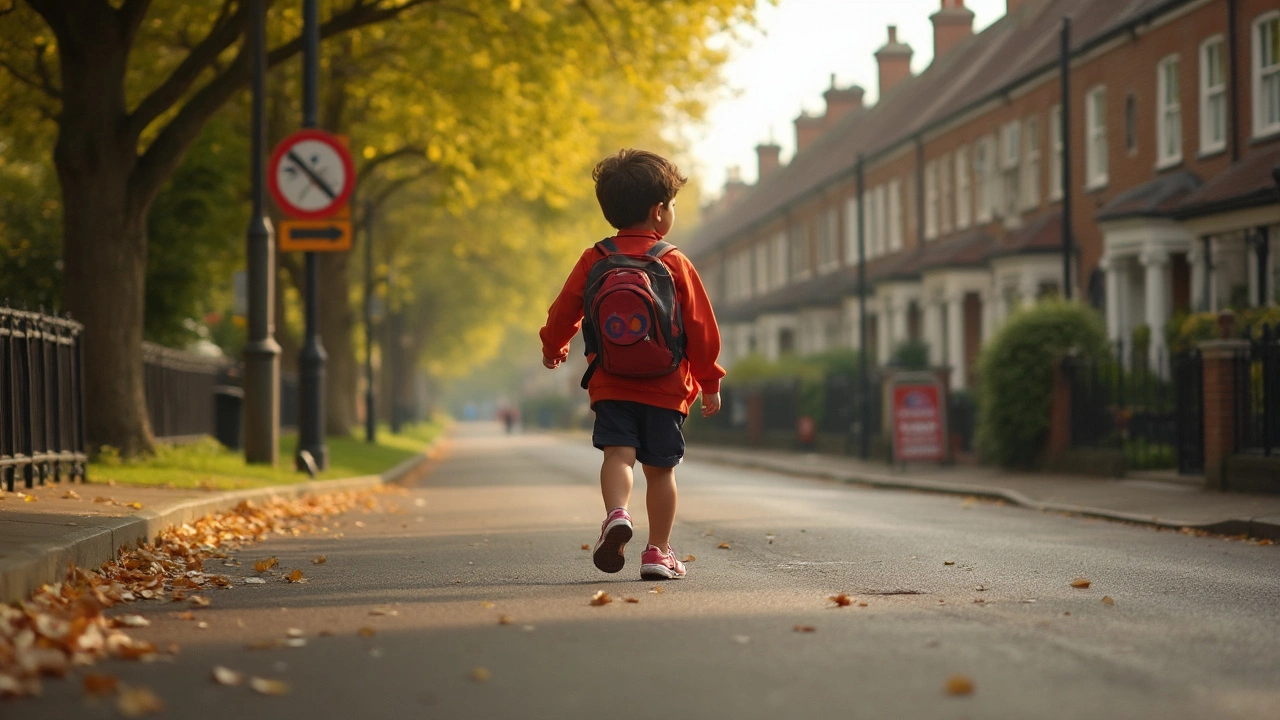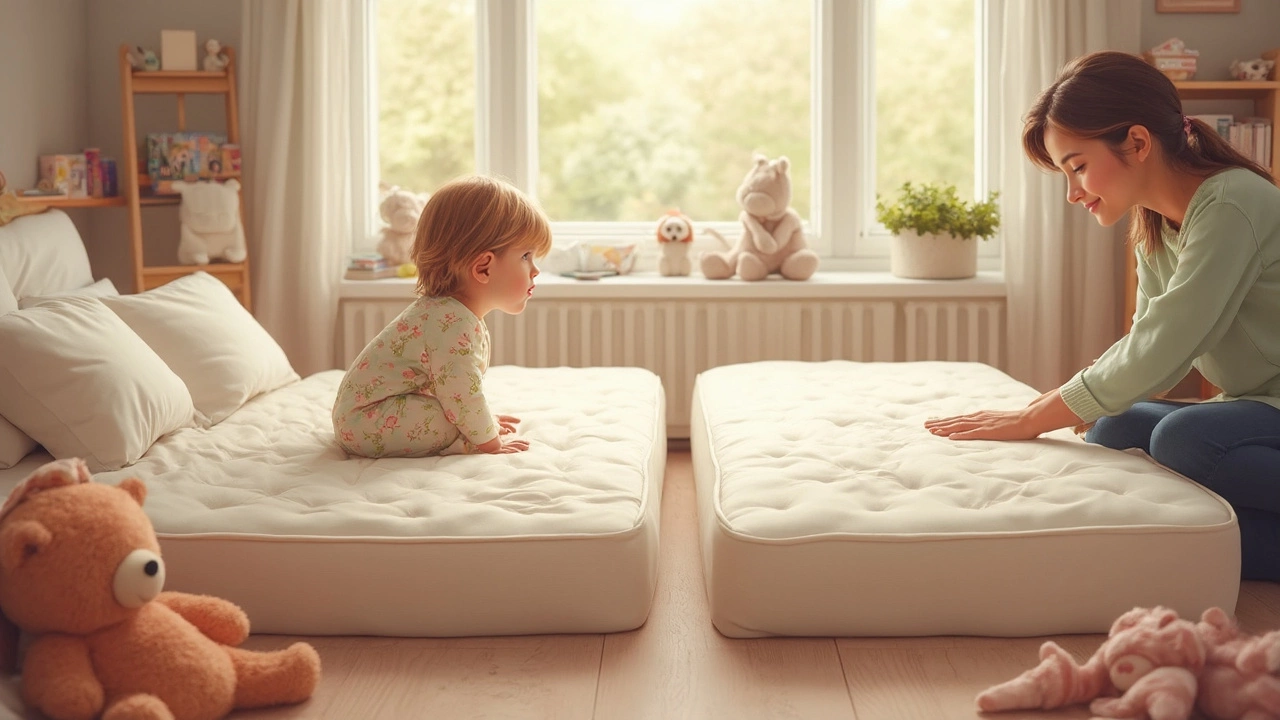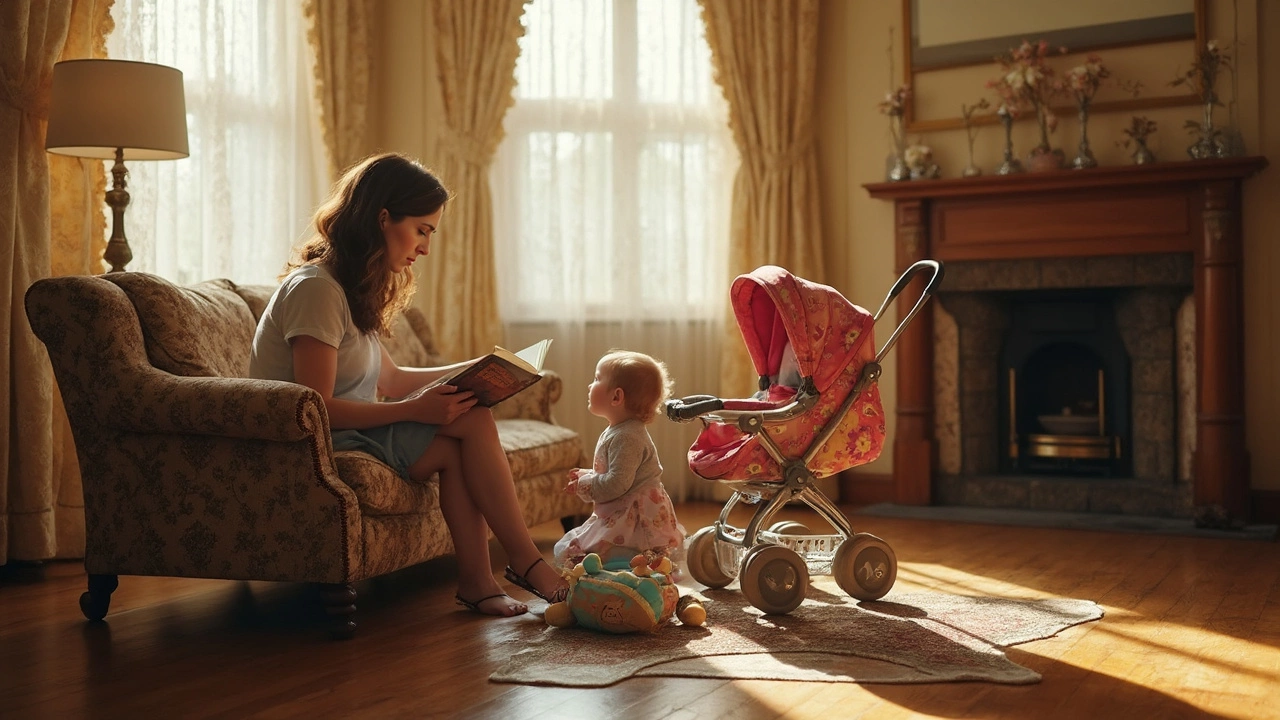Is Memory Foam Safe for Toddlers? The Truth Every Parent Needs
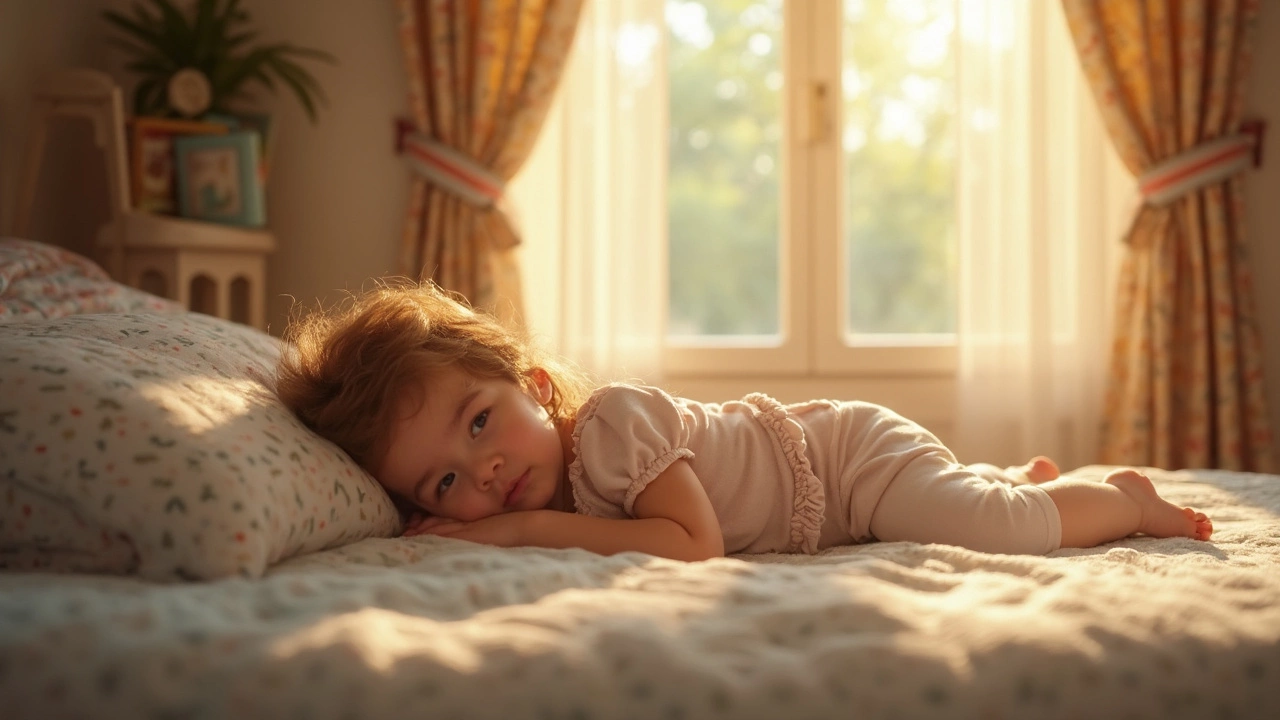
Have you ever held a memory foam pillow or mattress and pressed your hand into it, just to see the shape linger for a few seconds before slowly fading away? It’s kind of mesmerizing. Now, imagine your three-year-old’s squishy cheeks snuggled deep in that same softness every night. Sounds cozy, right? But behind all that marshmallow-like comfort, there’s this persistent worry tapping at the back of your mind: is memory foam actually safe for toddlers? You’re definitely not alone. Parents everywhere are tossing and turning over this question, scrolling through product reviews at midnight, determined to get the facts straight before their kiddo’s next bedtime upgrade.
How Memory Foam Works (And Why That Matters for Kids)
Memory foam gets its name from its main trick: it responds to heat and pressure, molding itself to whatever shape presses into it. That’s why adults often rave about how comfy and supportive these mattresses feel after a long day. Here’s where it gets interesting: this material, originally developed by NASA for airplane seats in the 1960s, was designed to absorb impact. As cool as that sounds, it’s also a bit of a red flag for small kids. Children, especially around three years old, are lightweights compared to adults. They might not sink into memory foam the same way, making it not as supportive for a developing spine.
Most memory foam mattresses are made of polyurethane mixed with added chemicals to boost their density and feel. This is where you’ll start to hear worries about ‘off-gassing’—that slightly odd smell when you unbox a new mattress. It’s not just about the scent. Those are volatile organic compounds (VOCs) being released, a topic that’s getting a lot of buzz among health-conscious parents. Some kids (and grown-ups) are more sensitive to these fumes, which can sometimes cause headaches or irritation. So when you’re weighing up memory foam versus a traditional spring or cotton-filled mattress, you’re not just comparing comfort. You’re also thinking about your child’s breathing zone and what’s floating in it during those long sleep hours.
It’s also worth mentioning that memory foam isn’t exactly famous for coolness. The same feature that makes it conform and hug your body also means it tends to trap heat. A grown-up might just have a sweaty night, but a toddler, unable to easily kick off their covers, could get too warm. That’s why many major mattress brands now add gel or ventilation layers, claiming to help with air flow. Some work, some don’t; it really depends on the exact construction. It all circles back to how adaptable memory foam really is for a wiggly three-year-old who’s still figuring out sleeping positions.
If you’re hunting for cold hard numbers, check out this comparison table for quick reference:
| Feature | Memory Foam Mattress | Spring Mattress |
|---|---|---|
| Support for toddlers | May be too soft | Usually firm and flat |
| Heat retention | High, unless gel infused | Low to moderate |
| Off-gassing odors | Common (VOCs) | Rare (unless foam topper) |
| Durability | Good, but can sag over time | Can last many years |
| Easy to clean | Tricky, not usually waterproof | Often easier, some are washable |
Understanding all this helps you ask the right questions at the store—or, let’s be honest, when you’re eyeing that big sales event online.
Common Safety Concerns with Memory Foam for Toddlers
The question at the center of every parenting group thread: “Is my child going to be safe if I put them to sleep on memory foam?” Let’s break down the main things parents worry about, with no sugarcoating.
First up: suffocation risk. Health experts, including the American Academy of Pediatrics, consistently recommend a firm, flat sleep surface for babies and young toddlers. Why? A super-soft or super-squishy mattress means your kid’s face might sink in, making it harder for them to breathe freely. Research in pediatric sleep safety shows that young children, especially under age five, have still-developing neck and airway muscles. They’re not always strong enough to roll away if they end up face-down. While a 3-year-old isn’t as vulnerable as a newborn, this risk doesn’t suddenly vanish at their birthday party. Some memory foam mattresses, especially cheaper ones, are so plush that even a lighter child can leave a deep impression, raising concern if your little one likes to sleep face-down or with their head tucked to the side.
Then there’s the chemical side of things. Remember those VOCs that cause off-gassing? Regulators—like the U.S. Consumer Product Safety Commission—do actually set rules around flame retardants and chemical emissions from kids’ mattresses. But it’s a patchwork of rules and not every company is as transparent as you’d hope. Certifications like CertiPUR-US signal fewer bad actors in the chemical mix, but buying blindly off social media or global mega-sites could land you a knockoff loaded with sketchy fillers. That’s not just a wild theory—tests from independent consumer labs have found some imported memory foam products with elevated levels of formaldehyde and other nasties that you’d never want near your child’s nose.
Let’s talk firmness. If a memory foam mattress is labeled as ‘medium-firm’ for adults, it might actually be ultra-soft for a lightweight three-year-old. That defeats the point of healthy spinal alignment during sleep, which is super important for bone growth at this age. Most pediatricians recommend a firmness level that doesn’t let your hand sink in deeply when you press on it. An easy test: press down on the mattress with your palm. If your hand leaves a deep, slow-recovering impression, it’s probably too soft. If it springs back right away, it’s much closer to the ideal.
Lastly, keep in mind the height factor. Toddlers are prone to rolling right off the edge during a wild dreamscape adventure. Memory foam mattresses can be thick and pillowy, which means a bigger drop when they tumble (and possibly bonk their head). Watch out for beds so lofty your little one has to literally climb in and out. Some parents skip bed frames entirely during the toddler phase, going ‘mattress-on-the-floor’ mode just to avoid the late-night thud.
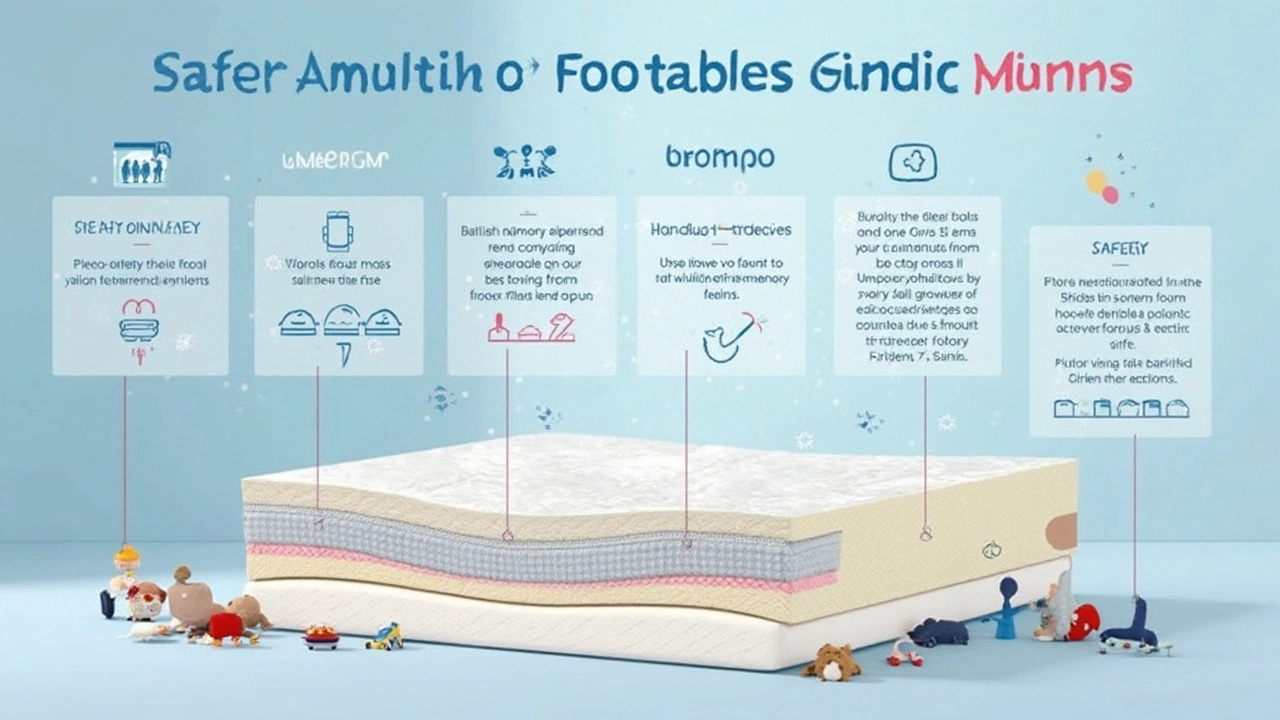
What the Science and Experts Really Say
Fact: there isn’t a heap of research focused purely on three-year-olds and memory foam. But you can piece together some clues from broader sleep safety studies and expert recommendations.
The American Academy of Pediatrics holds firm—the safest sleep setup for children under five includes a mattress that is flat, tight-fitting, and firm. They specifically call out the risks of ‘soft bedding’ for kids who still move around a lot when they snooze. This is echoed by kids’ sleep specialists who see everything from morning backaches to late-night breathing issues when kids use mattresses that hug too much. Memory foam, by nature, starts soft and gets even softer with body heat. That might be wonderful for adults with chronic aches, but for toddlers, it doesn’t always check the safety boxes.
Digging further, several European safety boards—like the UK’s The Lullaby Trust—warn about foam mattresses that don’t spring back into shape promptly. Their concern? If the mattress holds an impression or allows sagging, a small child could end up in an awkward, airway-blocking posture. While not every memory foam product has this problem (high-quality foam recovers quicker), it’s a reason so many parents stick to tried-and-true springs or dense foam made just for children.
If you’re into statistics, a published report in 2023 by the Consumer Product Safety Commission reviewed over 500 sleep safety incidents relating to children ages two to five. More than 60% involved ultra-soft sleep surfaces—including both memory foam and plush pillow-tops. Issues reported ranged from difficulty rolling over, to waking due to overheating, to occasional allergic reactions linked to foam chemicals. That may explain why most daycares and preschools stick with firm, wipeable mats long after age three.
Doctors and therapists might occasionally recommend memory foam for very specific medical conditions. Think: pressure sores or musculoskeletal disorders where the risks of pressure outweigh those of softness. But these are rare exceptions. For sleep and safety, the science tends to lean back toward traditional, firm support for healthy kids.
That said, quality varies wildly. High-density memory foam, without added fillers or cheap chemical blends, behaves differently than low-quality alternatives that give the material its bad rap. That’s why you’ll see some memory foam marketed as “toddler-safe” with third-party testing and safety labels. It’s about composition as much as construction. Always ask to see product certifications—not just cute packaging. If in doubt, opt for brands that specifically design products for the 3 to 8 age group (not simply ‘kids and adults alike’). Those are likelier to have firmer cores, built-in waterproofing, and lower VOC levels from the start.
Tips for Choosing a 3-Year-Old’s Mattress (Without Losing Sleep)
Standing in the store aisle or clicking ‘add to cart’ online, it’s easy to get overwhelmed with choices. Don’t worry. There are smart ways to sift through the noise and find out what’s really best for your toddler’s sleep and health. Here’s what parents and experts recommend.
- Start with firmness, always. Lightly press the middle of the mattress. It should bounce back quickly and you shouldn’t be able to dig your hand in deeply. Many mattress stores will have sample beds—don’t be embarrassed to test!
- Check for certifications. “CertiPUR-US,” “Greenguard Gold,” or “Oeko-Tex Standard 100” all mean lower emissions and safer materials. If you don’t see these tags, ask or look up the model online before making a decision.
- Watch for off-gassing. Even certified memory foam may have a factory scent at first. To be safe, unbox and air out the mattress in a well-ventilated room (or outside on a sunny day) for at least 48 hours before use.
- Read the fine print on waterproofing. Let’s be real—toddlers are a little unpredictable at night. Waterproof covers can make cleanup so much easier, and they block dust mites and allergens.
- Keep it low. If the mattress is tall, skip high bed frames. Consider placing the mattress directly on slats or even the floor for a few years to save your kid (and your nerves) from big spills.
- Go for tight-fitting sheets and bedding. Loose or puffy bedding increases risk, no matter what mattress you pick.
- Monitor sleep temperature. If your child is consistently sweaty or wakes up clammy, try a breathable topper or switch to a firmer, cooler alternative.
- Trust your senses. If the mattress has a persistent chemical smell after weeks of use, return it. Kids’ airways are small and more easily irritated than ours.
- Look up recall history. The Consumer Product Safety Commission maintains an updated list of mattress recalls—including plenty in the toddler and child category for everything from flame retardancy to unexpected collapse.
- Talk to your pediatrician. If your child has allergies, asthma, or special needs, check for recommended brands or features before buying.
Finally, remember your child’s sleep needs keep changing. You’re not signing a lifetime contract. If your three-year-old does great on memory foam, just be sure to monitor for sagging, lasting odors, or discomfort as they grow. And when in doubt, lean toward firmer and simpler options—your child’s best sleep might come from the most boring-looking mattress in the bunch.
